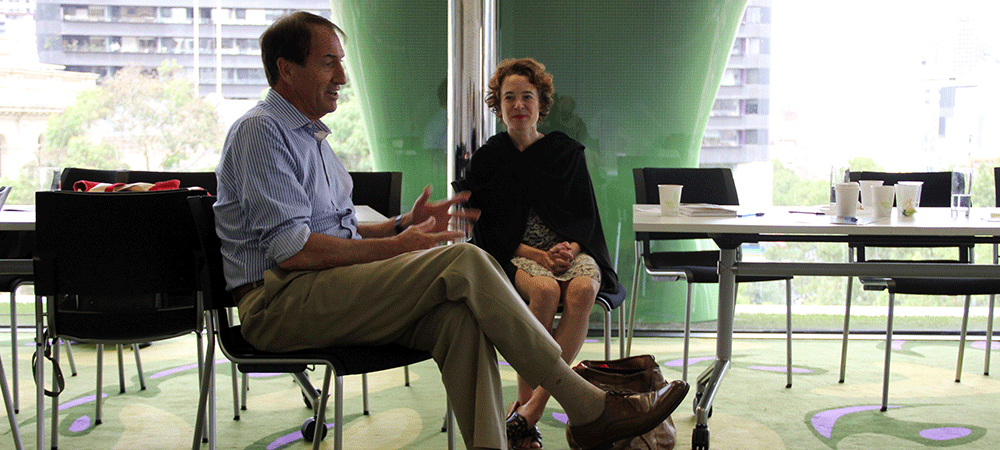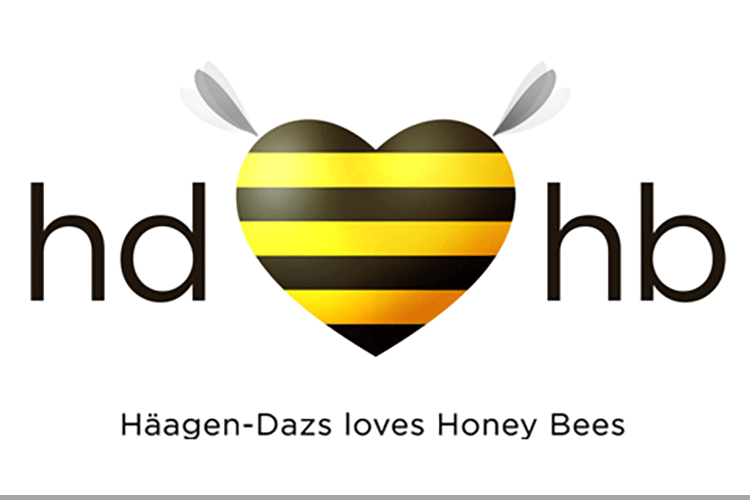An ice-cream company recently hitched its marketing efforts to an awareness program about threats facing bee pollination. In the process it sold a lot of product. Brendan Wintle reckons threatened species conservation needs to open its eyes to new business opportunities if it is to secure enduring investment. Here’s why.
There is an outstanding, yet underrated, opportunity out there for conserving biodiversity and threatened species, and its name is ‘business’. More specifically, there are opportunities in business that are good for biodiversity and where biodiversity can be very good for business. I’ve long suspected this but two events I’ve recently attended have highlighted what is possible.
The first was the launch of the Threatened Species Commissioner’s
Threatened Species Prospectus in February at Taronga Zoo (Sydney). Minister for the Environment and Energy, Josh Frydenberg, TS Commissioner, Gregory Andrews and several representatives from the corporate sector all highlighted the fundamental link between our sense of identity and our amazing native species. This link is not lost on business.
The majority of brands – think sporting teams, airlines, cars companies and food labelling to name a few – exploit the power of Nature’s great mascots (see the Shutterstock blog
‘why successful brands use furry mascots’ for some background on this). And yet, our success in leveraging this popularity to conserve the animals has been limited. We can do better.
Gregory Andrews talked of sitting in a Qantas plane with an iconic macropod (think red kangaroo) on its tail, flying above the Australian deserts where cats, foxes and human exploitation have driven six macropods to extinction, leaving seven other species hanging by a thread and 18 others vulnerable to extinction. How can we have failed to convince Qantas to sink significant resources into ensuring no more iconic macropods go extinct?
The ‘brand value’ of nature does not end with iconic mammals. At the Taronga Zoo launch, Rosemary Bissett, Head of Sustainability at the National Australia Bank and a member of the TSR Hub Steering Committee, told me about Haagan Daas’
most successful advertising campaign EVER (and these guys know how to advertise). It was based on concerns about declining bee populations and what it means for consumers of ice-cream! The intense public interest they invoked with their adverts not only sold lots of ice-cream, it also got them an audience with the US congress to talk about global declines in pollination services! This is an ice-cream company, not WWF, or Paul Ehrlich.
Businesses ingratiating themselves with potential customers via their contributions to conservation is definitely a strategy that can be effective. However, by itself it’s unlikely to fundamentally change the conservation game. To actually save species, we need much more investment in conservation than can be achieved just through brand enhancement – we need new ways of doing business that are good for biodiversity AND good for profit. ‘It’s the bottom line, stupid’.
So what might some of these win-win opportunities look like? This brings me to the second event I mentioned earlier. Our Hub recently staged a ‘Conservation Opportunities’ workshop at RMIT in Melbourne. Hosted by Georgia Garrard and Sarah Bekessy at RMIT, the workshop brought together representatives from the corporate, science, government, philanthropy and conservation sectors to brainstorm and develop a range of emerging opportunities for threatened-species conservation.

Business leader and farmer David Shelmerdine shares his reflections with RMIT’s Sarah Bekessy on the ideas emerging from the recent Conservation Opportunities Summit in Melbourne. David is the President of the Gold Standard Foundation. (See our full story on the Summit)
A number of business opportunites were discussed. James Fitzsimons from The Nature Conservancy outlined their water-markets impact-investment schemes, and Cullen Gunn from
Kilter Rural described working examples of landscape improvement projects that deliver better environments AND better returns to investors.
This is a hard and long road, but one that is ultimately more financially sustainable than short term grants from governments or philanthropy. So here is the challenge – can NESP researchers come up with threatened species recovery projects that can help save species AND deliver financial returns to land owners or investors? Creative conservationists like Mt Rothwell owner Nigel Sharp, National Australia Bank, and big companies like Ferrero Rocher all tell me they’re interested and investors are out there. So if you have a good idea, please get in contact!
Professor Brendan Wintle
Director, TSR Hub
“We need new ways of doing business that are good for biodiversity AND good for profit.”
Top Image: Haagan Daas demonstrated the link between ecosystem services (in this case bee pollination) with ice-cream production. In the process they sold more ice-cream.

